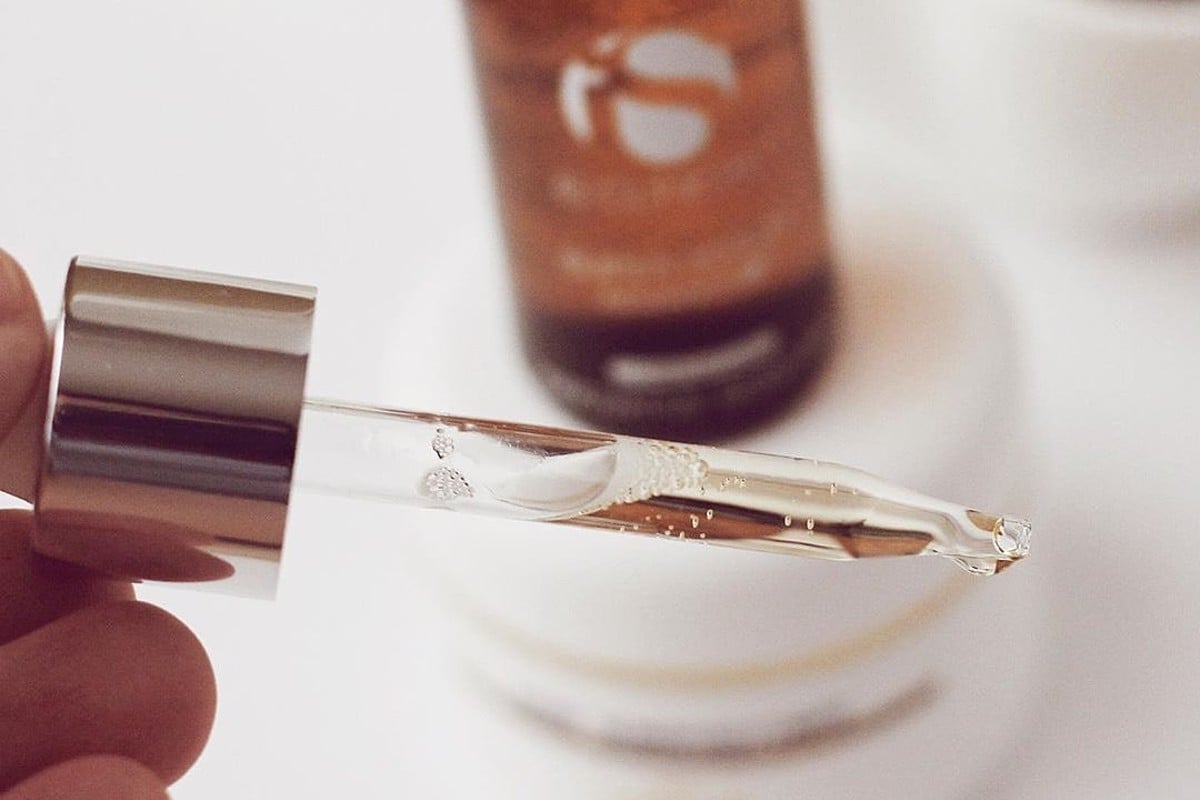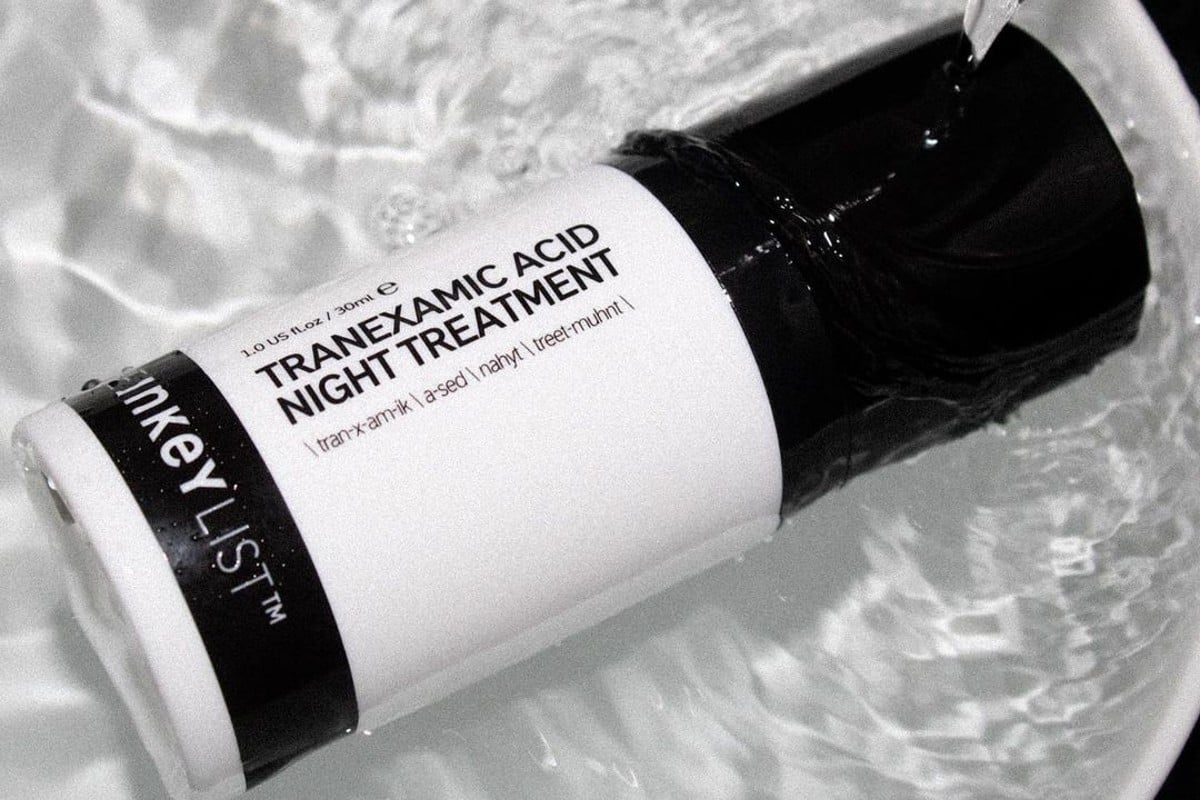In the quest to even tone, sans dark spots, post-acne marks, or signs since you were a sun worshipper, you’re up to find the best skin-lightening ingredients. And it’s fair to believe lactic acid is one of them since it’s part of the alpha-hydroxy acids family, the exfoliants known for their tone evening and skin smoothing benefits. Yet, many people are still left with an important question: Can lactic acid lighten the skin? Throughout this post, we’ll dive deep into the science behind lactic acid’s ability to fade dark spots and how it does it. We’ll keep this short and sweet!
What is lactic acid?
Lactic acid is the mildest alpha-hydroxy acid (AHA), mainly derived from milk or fruit sugars. Its large molecule doesn’t allow it to penetrate the skin’s surface, making it a light keratolytic — aka a gentle peeling agent. Aside from exfoliating, lactic acid is a humectant that pulls water into the skin, hydrating it, making it arguably one of the most important ingredients in skincare.
How does lactic acid lighten the skin?
Since it’s an exfoliant, lactic acid lightens the skin by loosening the bonds between dead cells. This encourages old, pigmented cells to slough off from the skin’s surface, revealing a luminous complexion. Studies confirmed that thanks to its ability to speed up cell turnover, lactic acid may lighten pigmented skin, reducing the look of dark spots and evening tone.[1][2] Even if lactic acid is a gentle AHA, its exfoliating power is not to neglect.
On top of that, there’s one more mechanism through which lactic acid reveals bright skin: by regulating melanin production, the pigment that gives skin color. When the body produces too much melanin, the skin gets darker, so reducing the levels of melanin is considered one of the most practical skin lightening procedures.[2]
An Experimental Dermatology research concluded that lactic acid suppresses melanin formation by directly inhibiting tyrosinase activity. “Lactic acid might work on pigmentary lesions not only by accelerating the turnover of the epidermis but also by directly inhibiting melanin formation in melanocytes.”[3]
In layman’s terms, it means lactic acid prevents the apparition of dark spots by inhibiting melanin production. Similarly, chemical peels with lactic acid are often used to treat melasma — a condition that causes dark patches of the skin — since it inhibits melanin.[4]
Nevertheless, most research regarding the effects of lactic acid in skin lightening was done with high concentrations of above 70% substance, which you can’t normally use in OTC peels. So for prominent skin discolorations, at-home chemical peels won’t give dramatic results since they use a maximum of 30% lactic acid.
How to lighten my skin with lactic acid?
In the case of easily reactive skin, a light peel with 5% lactic acid is ideal. Even if the lightning process is slower, you don’t risk irritating your skin. For all other skin types, a medium lactic acid peel will do, and in case you crave fast and safe results, go for deeper peels made in-office by a professional.
Ideally, use your peeling product at night since exfoliation can make the skin photosensitive. Apply the lactic acid peel on clean, dry skin, leave it to act according to the product’s recommendation and after washing it off follow with a hydrating moisturizer.
To avail all lactic acid benefits in skin whitening, equally important is SPF use. Sunscreen is non-negotiable all year round, anyway.
The verdict
So a short recap: lactic acid can lighten the skin by accelerating cell turnover and suppressing melanin formation. Hence, lactic acid is effective for diminishing discolorations, hyperpigmentation, melasma, sunspots, and post acne marks.






